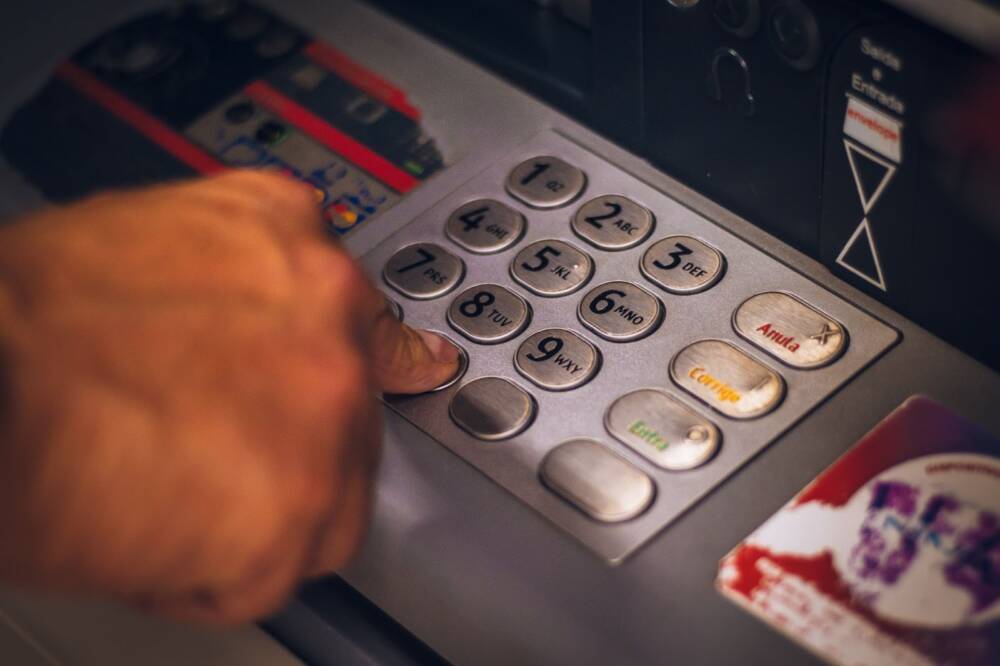An account balance is the sum of cash available in the financial account, like a savings report or a checking report at any time of the moment. The report balance is usually the mesh sum after considering all withdrawals and deposits. An account balance that decreases lower than zero portrays a mesh loan like when there is a buffer zone on a reviewed record. The account balance usually shows the sum in debt for a monetary account with repeated bills like electricity bills or even bank loans.
An account balance views a total fortune, not including the total burden. Most times, it can be known as a net possession or overall wealth since it removes any loan or commitment from a beneficial amount. For a particular record at a monetary institution, like reviewing the account or a commission account, your account balance will show the present sum of money or the cost of that account. For funding or other threats like fortunes, your account balance may likely be switched over time as protection fees increase or decrease in the trade market.
A lot of other monetary records do exhibit an account balance too. Including things like service bills to a bank, the loan account has to view the balance of the record. Your record balance mostly shows the sum owed for monetary accounts that exhibit repeated bills like water or electricity bills. A record balance can also mean the sum of cash you owe a third party like merit card enterprises, service enterprises, financial loan companies, and other granters or creditors.
In finance, the record balance is the total sum of cash you have in your reviewed or savings account. Your record balance is the mesh sum remaining for you after all pay in and credits totaled with any debits or charges. Most times, your record balance does not show the correct portrayal of your present money because some transactions are on hold and not yet put through.
The Post Date
The post date is known as the day, the month of the year when a card provider sends action and puts it up in the card handlers’ record balance. It is the time in which money is removed or put into an account. It can also be referred to as the settlement date, and the sending date can the during the same day the transaction was made. The sent data will often happen later, like two or three days. The time that took place between the transaction date and the sent date is known as the Float.
Automated transactions usually need communication with many bodies, which can even trigger a business-post date. Financial institutions have systems that can assist a record handler in handling the balance on their records during the floating period between when the business takes place and when it is sent and delivered.
When a business is approved, the finance company will naturally put the money on hold. A merit card business will decrease the available credit amount by the buyers’ amount. The record handler will notice a reduction in their kept funds for withdrawal card transactions. The record handler will naturally see the business as an “on hold transaction” for the withdrawal card and the deposit card records. Most provided finance companies normally take the sent date as the last date that was put on a record handler’s monthly statement.
A deposit card report can be very necessary for getting to know the post date. The post date on a deposit card can trigger the gains posted in an exact statement time. Clients do not feel poor that they will not receive any bills for passing the credit max.
It is very necessary to make sure that a deposit card payment sent date took place before the card’s monthly last date to avoid default payment. The credit card provider will mostly tell a user the date the money will be sent to their account. The sent data is very important as it shows whether the deposit card provider will help a payment to be made on time. Every credit card provider has guidelines on when money will be sent and when it will be received.
Authorized Amount
The authorized amount is the amount whereby a trader sends to a deposit or withdrawal card processor to ensure that the client has the amount wanted to trade. Therefore it is an agreed sum of cash to be billed. The agreed amount is mostly the same as the value of the product or service that is being bought in a one-time purchase; in some situations, the amount is usually small just to know that the card is good and the amount of money available.
This mostly portrays the required amount of money to be billed on a withdrawal or deposit card. To receive this approval for a transaction, the trader must receive the client’s response and then check with the card provider or the provider finance company that the client has more than required in their available credit. This approved sum us what the card handler has decided to transfer, and the card provider has confirmed it is ready for use.





